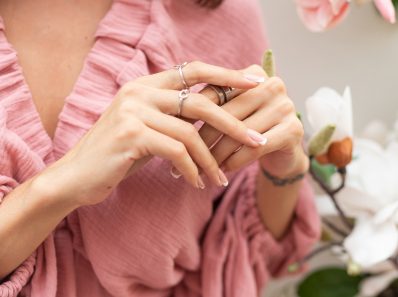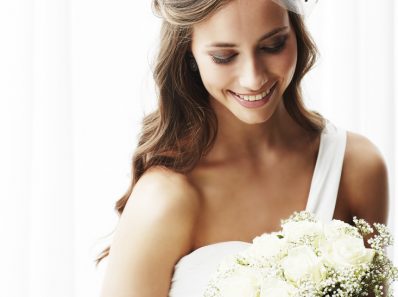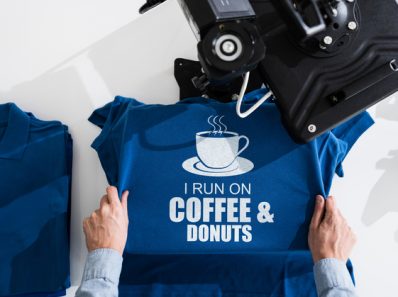New York City, the pulsating heart of fashion and film, has birthed cinematic moments that are etched forever in sartorial history. From bustling Manhattan streets to Brooklyn’s quirky corners, movies set against this vibrant backdrop often showcase fashion that transcends the screen, becoming cultural symbols in their own right. Read on to embark on a stylish journey, revisiting scenes where haute couture meets compelling storytelling.
The Role of Fashion in Movies
Fashion in movies serves as a universal language, transcending cultural and geographical boundaries. It not only sets the tone, era, and essence of a character but also resonates with audiences worldwide, allowing them to connect, aspire, or reminisce.
Whether it’s the opulence of period dramas or the edginess of urban tales, fashion becomes a visual spectacle that attracts diverse viewership, making films globally relatable and enhancing their universal appeal.
- Breakfast at Tiffany’s
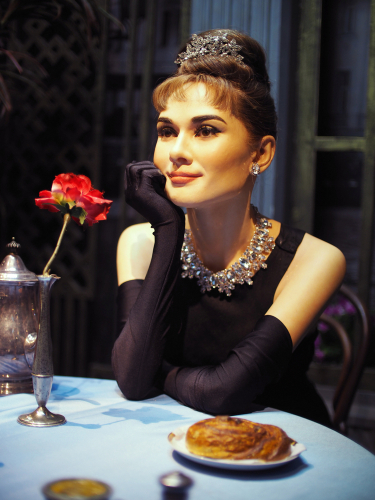
Breakfast at Tiffany’s, directed by Blake Edwards, stands as an emblematic fusion of fashion and film. Audrey Hepburn, adorned in Givenchy and elegantly poised before Tiffany & Co’s sparkling window displays, became an indelible symbol of New York chic. Her portrayal of Holly Golightly, complete with the iconic little black dress, oversized sunglasses, and pearls, etched a permanent mark on the fashion zeitgeist.
Beyond the film’s narrative, Hepburn’s embodiment of timeless elegance elevated her to a fashion icon status, making Breakfast at Tiffany’s a touchstone for style enthusiasts and setting a gold standard for cinematic fashion moments.
- American Psycho
American Psycho, a chilling deep dive into the mind of New York investment banker Patrick Bateman, is as much a commentary on ’80s materialism as it is a thriller. Amidst its dark themes, it presents an array of luxury, where watches in movies often become symbols of the characters wearing them.
The Rolex Datejust’s appearance, donned by Bateman, stands out not just for its timeless beauty but as an emblem of his pursuit of perfection and status. Its iconic design, dating back to 1945, flawlessly complements Bateman’s meticulous aesthetics.
Released in the same year as movie greats like Gladiator, Billy Elliot, and Crouching Tiger, Hidden Dragon, American Psycho is classed as one of the best films released in 2000 to add to your watch list.
- Sex and the City
The allure of Sex and the City extends beyond tales of New York camaraderie and romance; it parades as a vibrant fashion showcase. When news broke of a movie, fans eagerly anticipated the latest sartorial choices of New York’s favourite quartet. While each lady encapsulated a distinct style—from Charlotte’s refined elegance to Samantha’s audacious flair—it was Carrie Bradshaw, with Sarah Jessica Parker’s unforgettable portrayal, who stole the limelight.
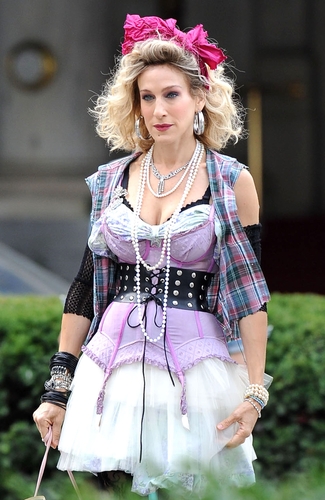
Carrie’s fearless approach to fashion, blending haute couture with vintage treasures and mainstream gems, inspired countless viewers to embrace their individuality and tread the streets with their own fashion-forward footprints.
- The Great Gatsby
F. Scott Fitzgerald’s The Great Gatsby was brought to life on the big screen in a dazzling display of Roaring Twenties splendour. The film not only captivated audiences with its intricate storyline of love, betrayal, and opulence but also mesmerised with its sartorial excellence, rightfully earning an Oscar for Best Costume Design. The iconic flapper dresses, lavishly adorned with sequins and beads, and Gatsby’s sharply tailored suits evoked the essence of the Jazz Age.
Among the standout fashion moments were Daisy Buchanan’s shimmering wardrobe and Jay Gatsby’s extravagant party scenes, where the ensemble cast paraded in outfits that epitomised the era’s lavish decadence.
- The Devil Wears Prada
The Devil Wears Prada, a scintillating dive into the high-stakes world of fashion journalism, brilliantly showcased the symbiosis between media and luxury fashion brands. Set against the backdrop of New York City’s fashion scene, the film provides a fictionalised yet telling portrayal of the demanding standards within elite fashion circles. Leading this realm is the formidable Miranda Priestly, editor-in-chief of the fictional Runway magazine.
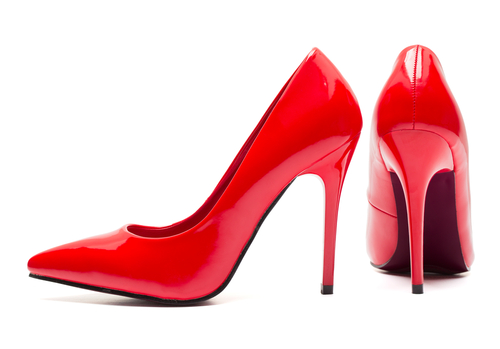
Throughout the movie, iconic brands such as Chanel, Prada, and Dior are more than just mere accessories; they serve as indicators of status, achievement, and ambition. This intertwining of plot and brand paints a vivid picture of the allure, power, and sometimes, the ruthlessness of the high-fashion world.

